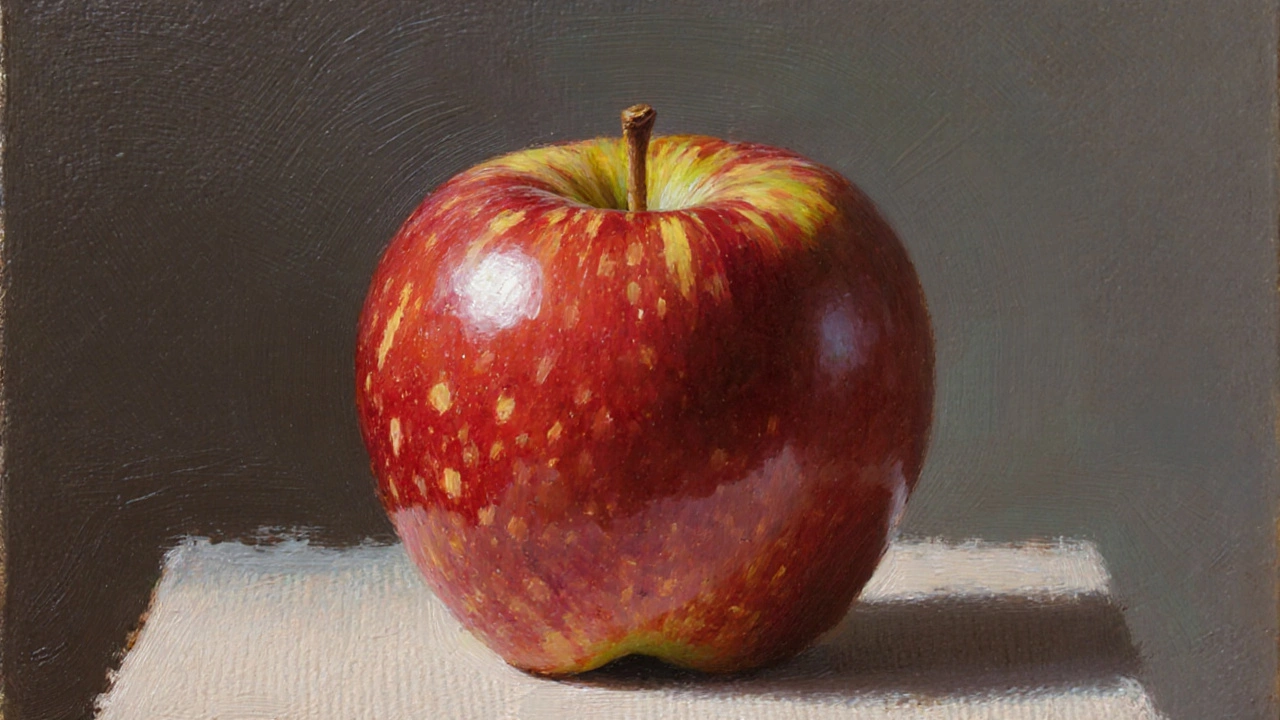Hardest Art Style: Exploring the Most Challenging Techniques
When tackling hardest art style, artistic techniques that demand extreme skill, precision, and creative problem‑solving. Also known as most challenging art style, it pushes artists beyond typical comfort zones. Hardest art style isn’t a single movement; it’s a label we give to any practice where the technical bar is set sky‑high. Think of hyperrealism, the pursuit of painting or drawing that looks indistinguishable from a photograph—the brushwork, layering, and attention to minute detail can take hundreds of hours for a single piece. That demand for flawless accuracy makes hyperrealism a classic example of the hardest art style. It also shows how difficulty often ties directly to the level of detail an artist must reproduce. The semantic triple here is clear: hardest art style encompasses hyperrealism. At the same time, hardest art style requires advanced technical skill, a truth that resonates across many other demanding genres.
Why Certain Styles Rank as the Hardest
Another contender is abstract art, a visual language that abandons realistic representation in favor of shapes, colors, and gestures. While it may look free‑form, mastering abstraction means wrestling with composition, color theory, and emotional resonance without the safety net of recognizable subjects. The challenge is conceptual rather than purely technical, and it often forces artists to confront their own creative instincts. In fact, abstract art influences perception of difficulty because viewers may judge the work by its emotional impact, not by its technical mimicry.
Installation art pushes the envelope even further by blending sculpture, architecture, and interactive media. Artists must think three‑dimensionally, consider viewer movement, and sometimes integrate sound or light. The logistical side—securing a venue, meeting safety codes, and coordinating with engineers—adds a layer of complexity that most studio practices never face. When you add digital components like projection mapping or VR, the technical load spikes dramatically. This is where digital art, art created with computers, tablets, or software tools enters the conversation. Digital artists juggle software proficiency, hardware constraints, and evolving platforms, all while keeping an eye on originality in an era where AI‑generated images are becoming mainstream.
Across all these examples, a pattern emerges: the hardest art style always involves a blend of high‑level skill, deep conceptual thinking, and often a mix of mediums. That’s why many creators who start with simple sketches eventually gravitate toward challenges like hyperrealistic portraits, intricate installations, or algorithmic generative pieces. The push to master the hardest art style also drives the business side of art. For instance, a beginner digital artist who learns pricing models (as covered in our “Beginner Digital Artist Pricing Guide”) can better monetize a technically demanding style, while an Etsy seller focusing on top‑selling art types can use trends from 2025 to decide whether a hard‑to‑make style is worth the effort.
Understanding what makes a style “hard” helps you decide where to invest your time. If you love patience‑driven detail, hyperrealism might be your playground. If you thrive on conceptual leaps, abstract or installation work could be the right fit. And if you’re fascinated by the intersection of tech and creativity, diving into digital or AI‑enhanced art will keep you on the cutting edge. Each path brings its own set of tools, learning curves, and potential rewards, linking directly back to the core idea that the hardest art style is not just about skill—it’s about the willingness to stretch every facet of your artistic practice.
Below you’ll find a curated collection of articles that dig deeper into pricing, trends, techniques, and the business realities of tackling these demanding styles. From pricing a sculpture to mastering the Goya technique, the posts give you practical steps and real‑world insights, so you can decide which challenging style aligns with your goals and start turning ambition into finished pieces.
